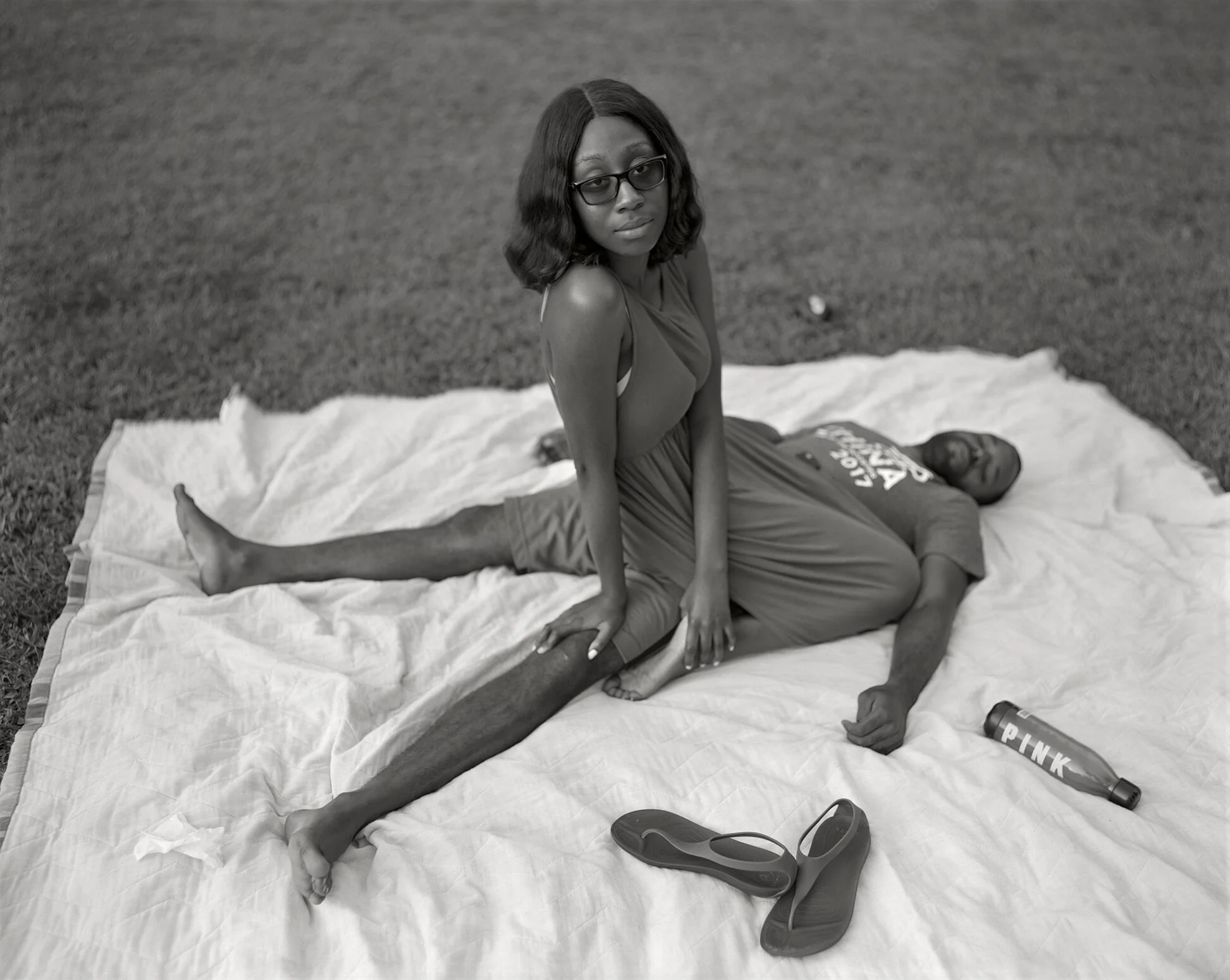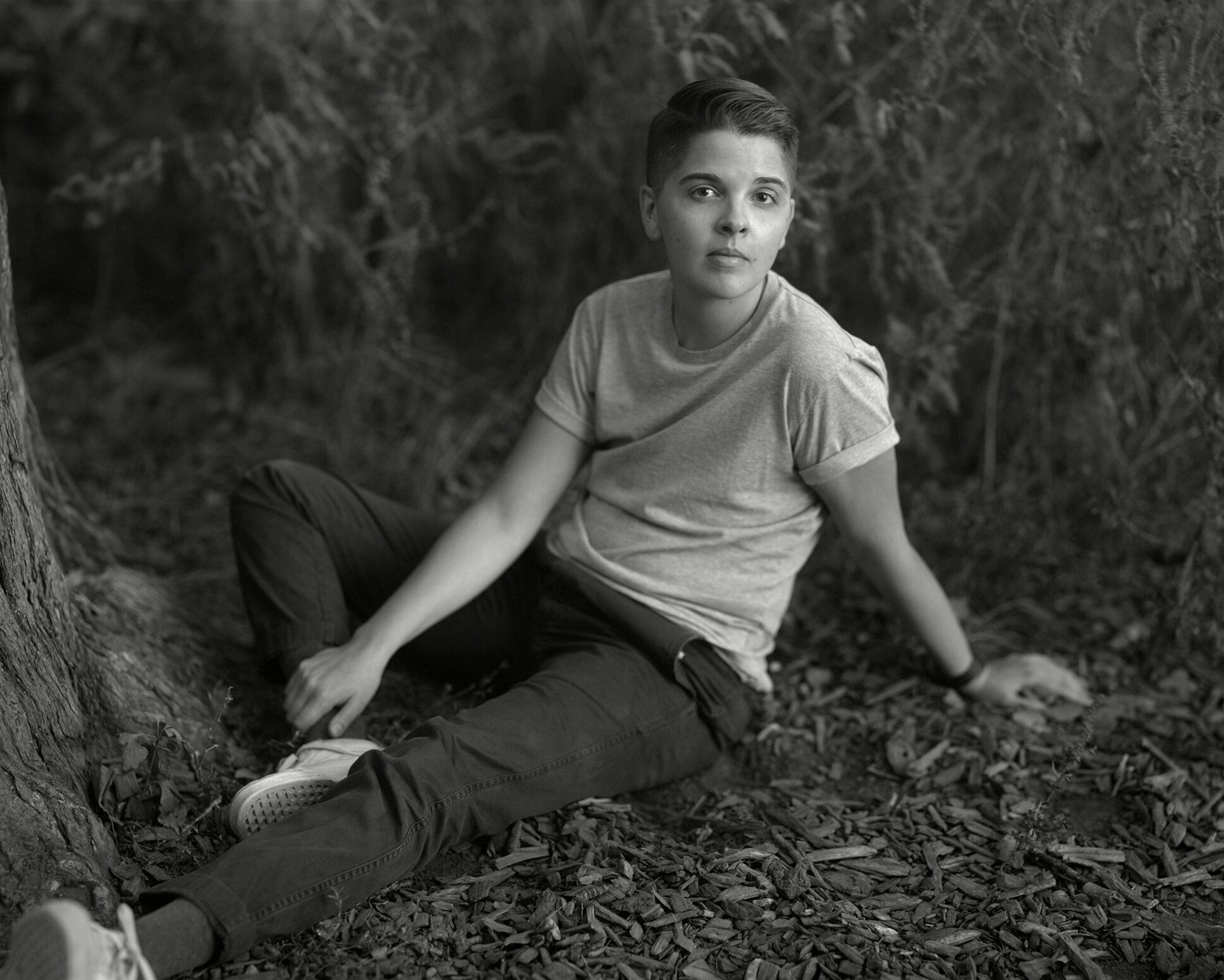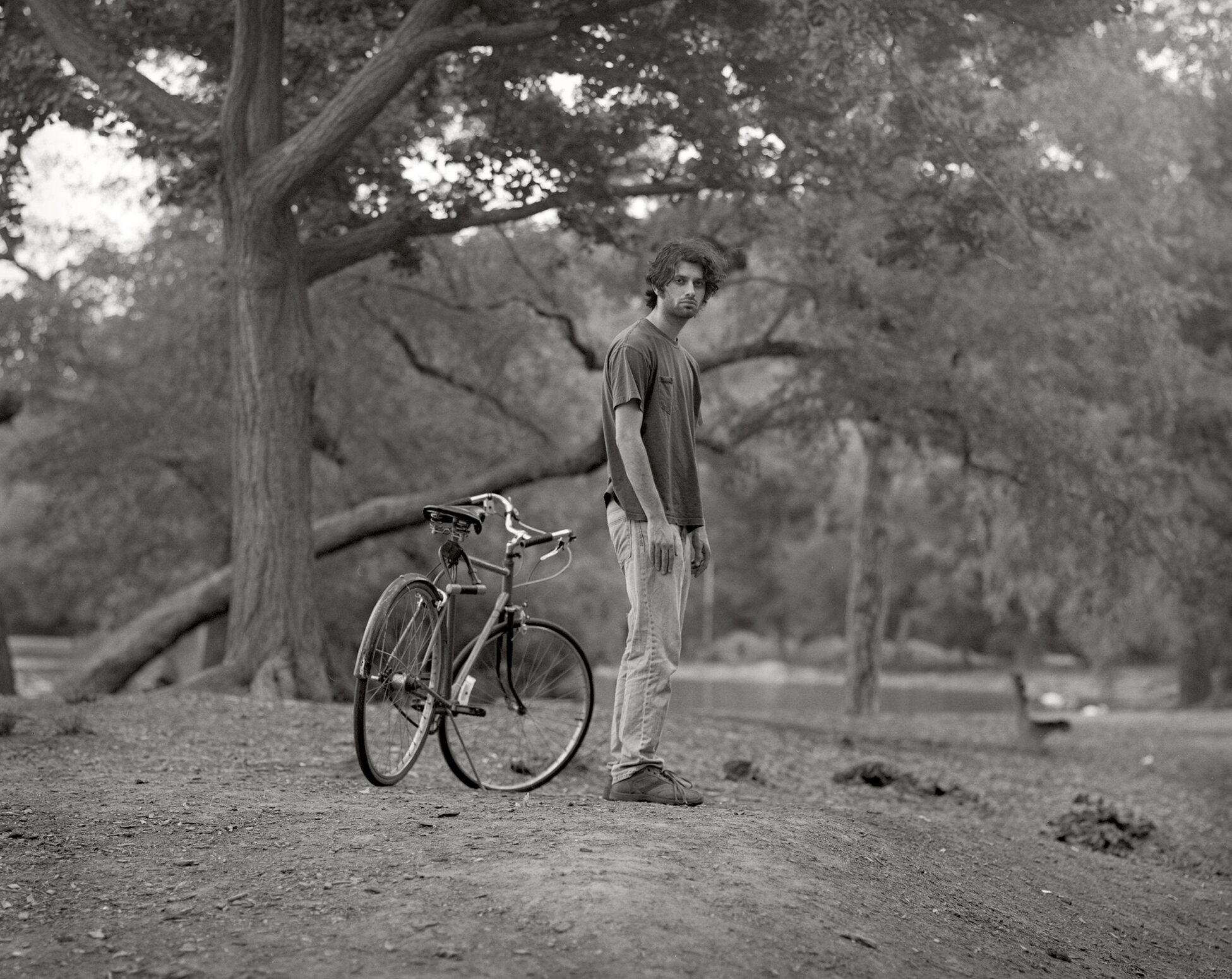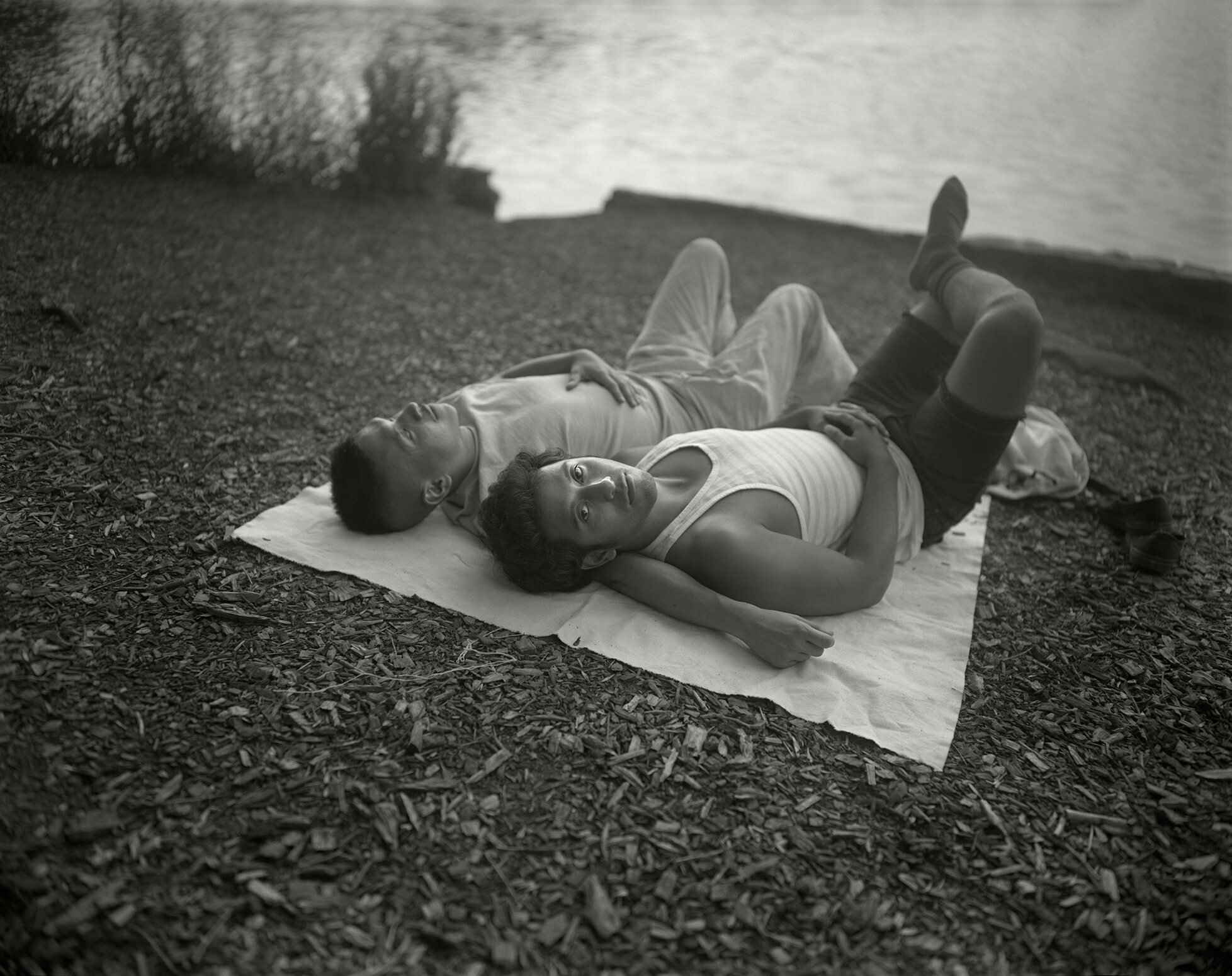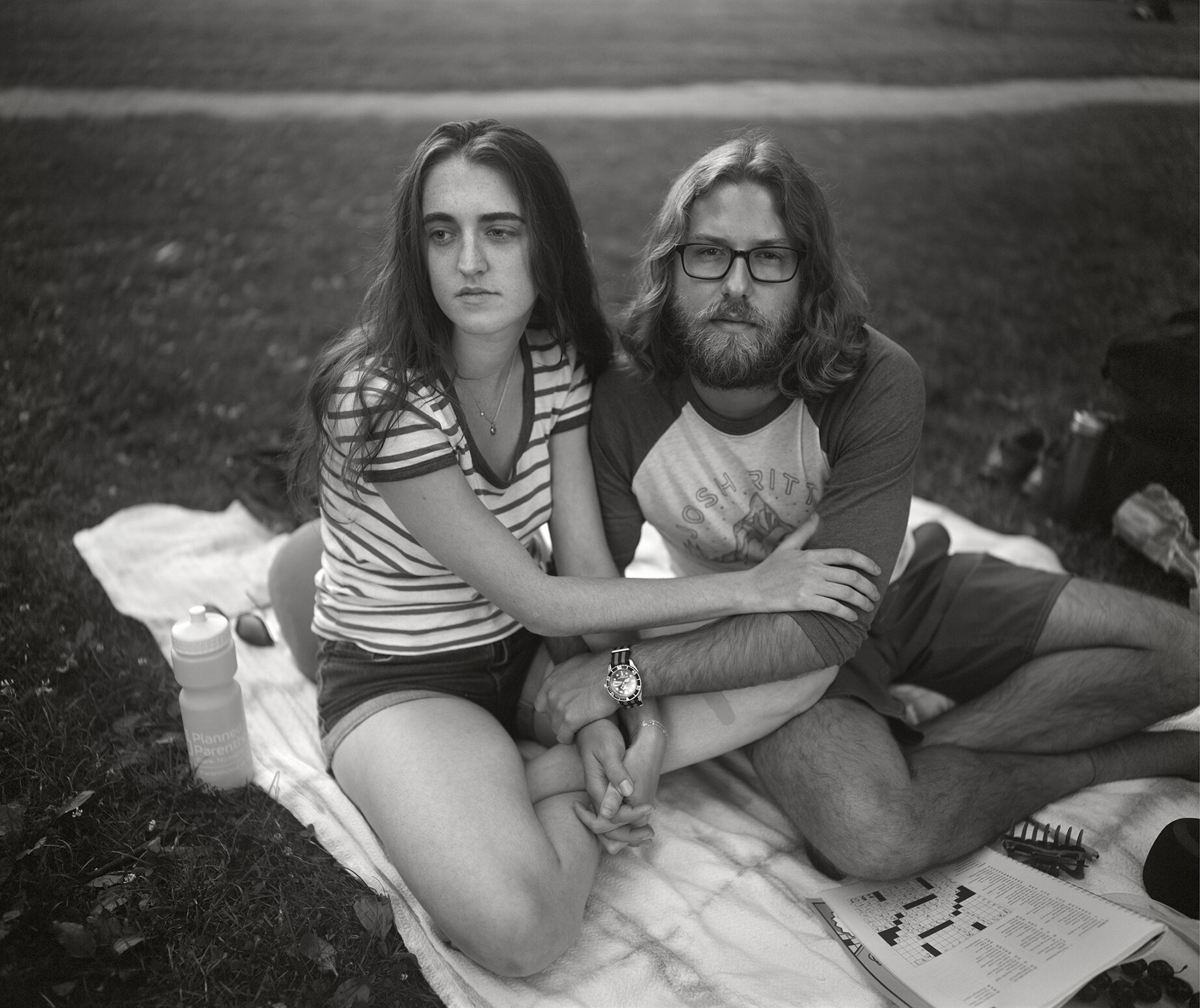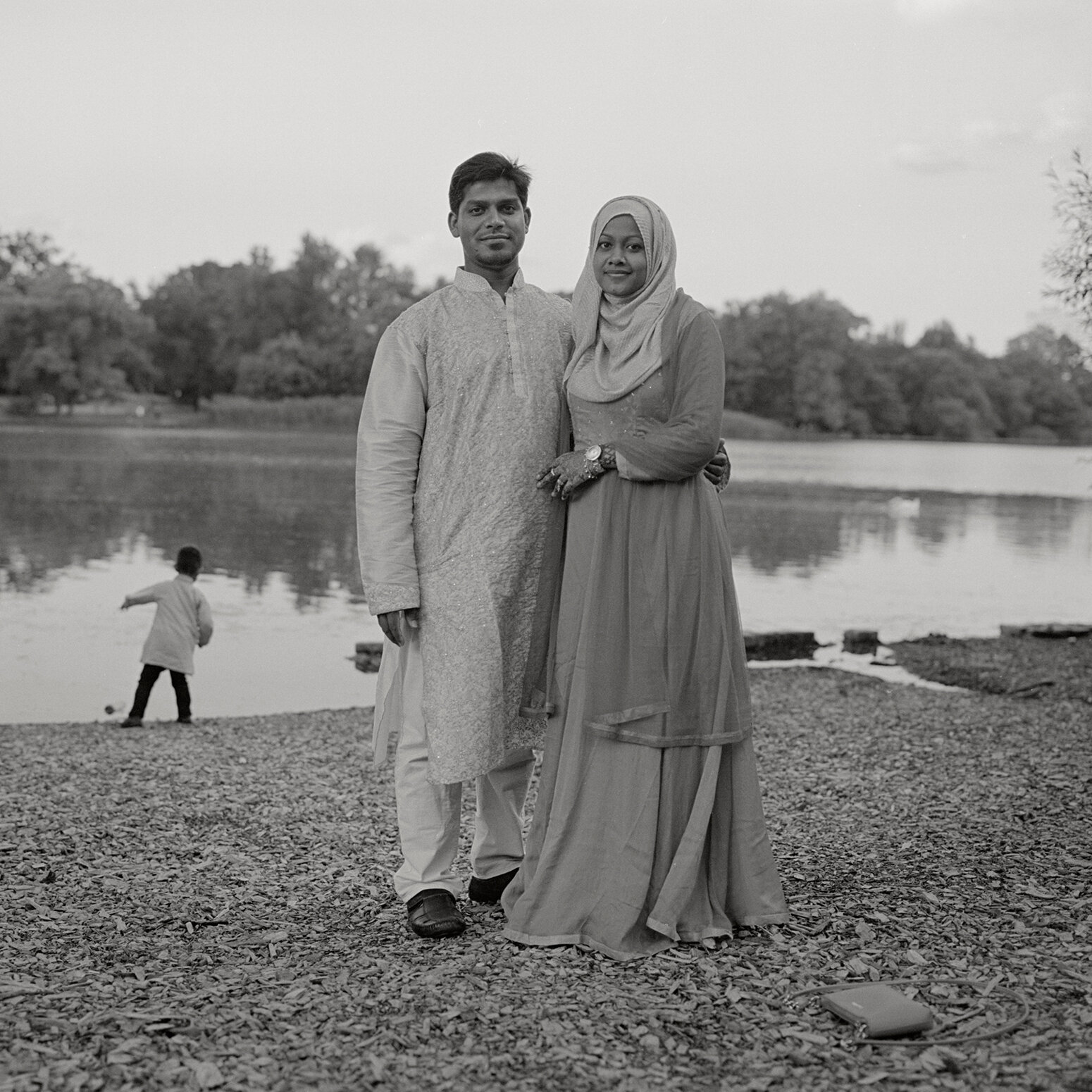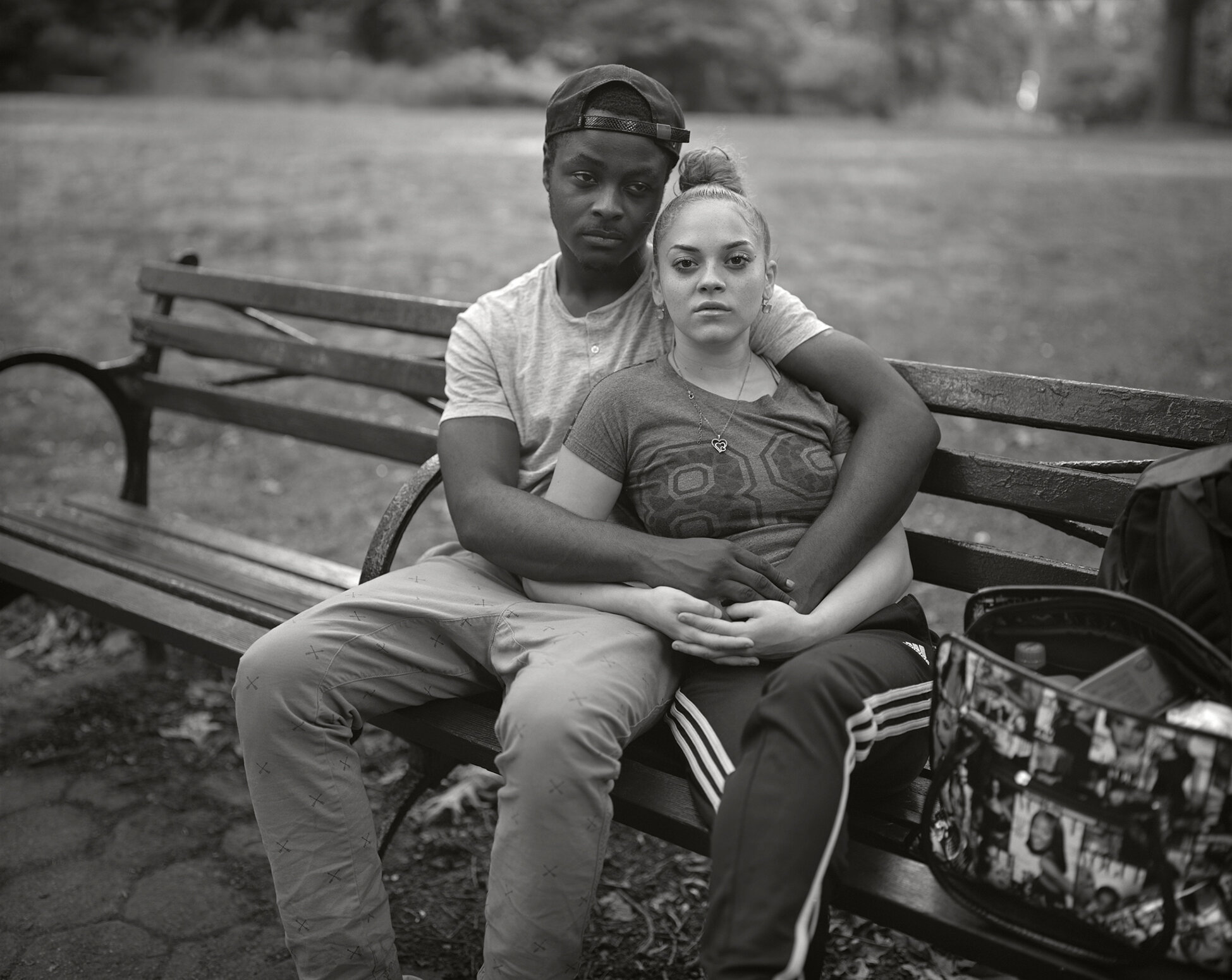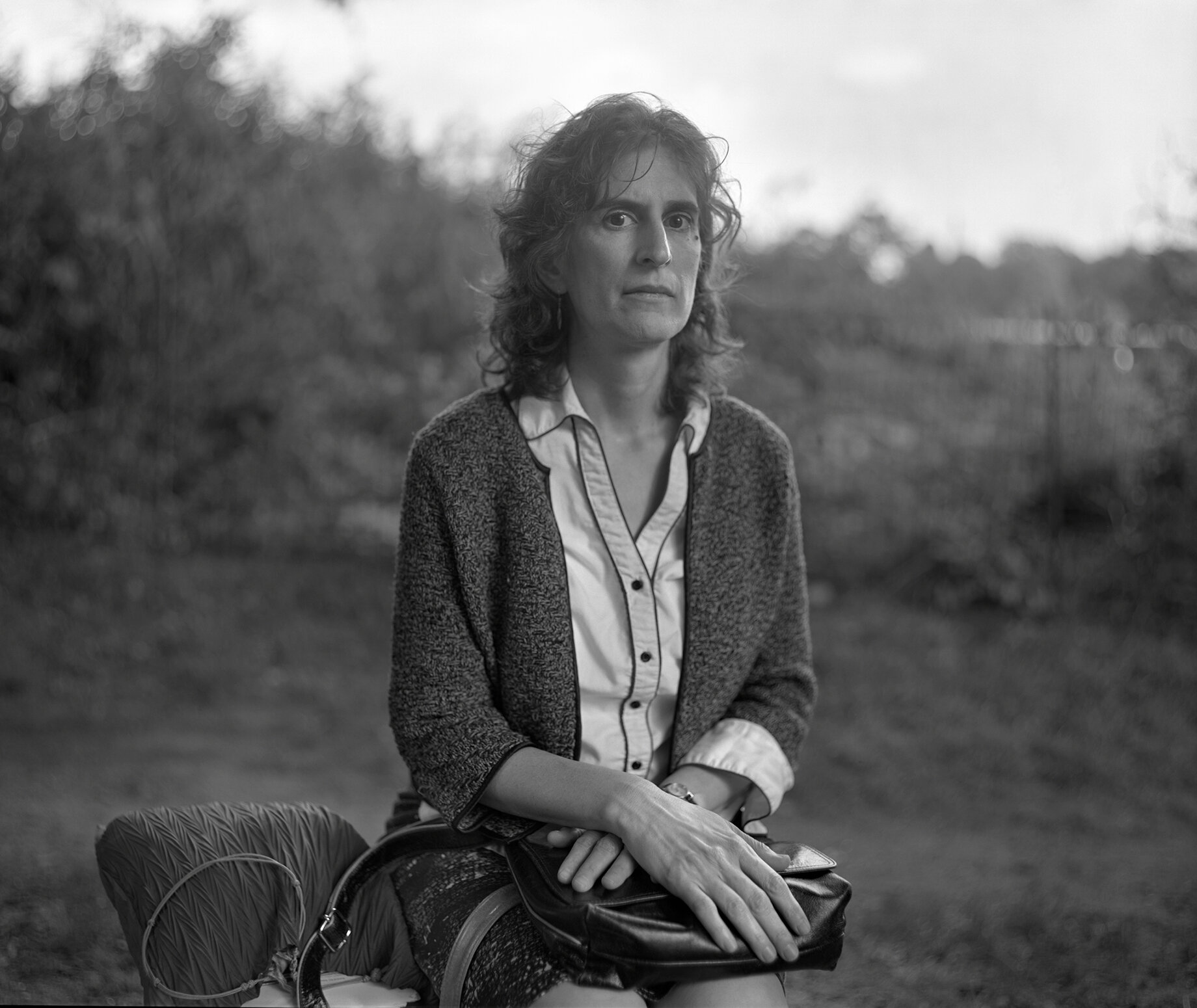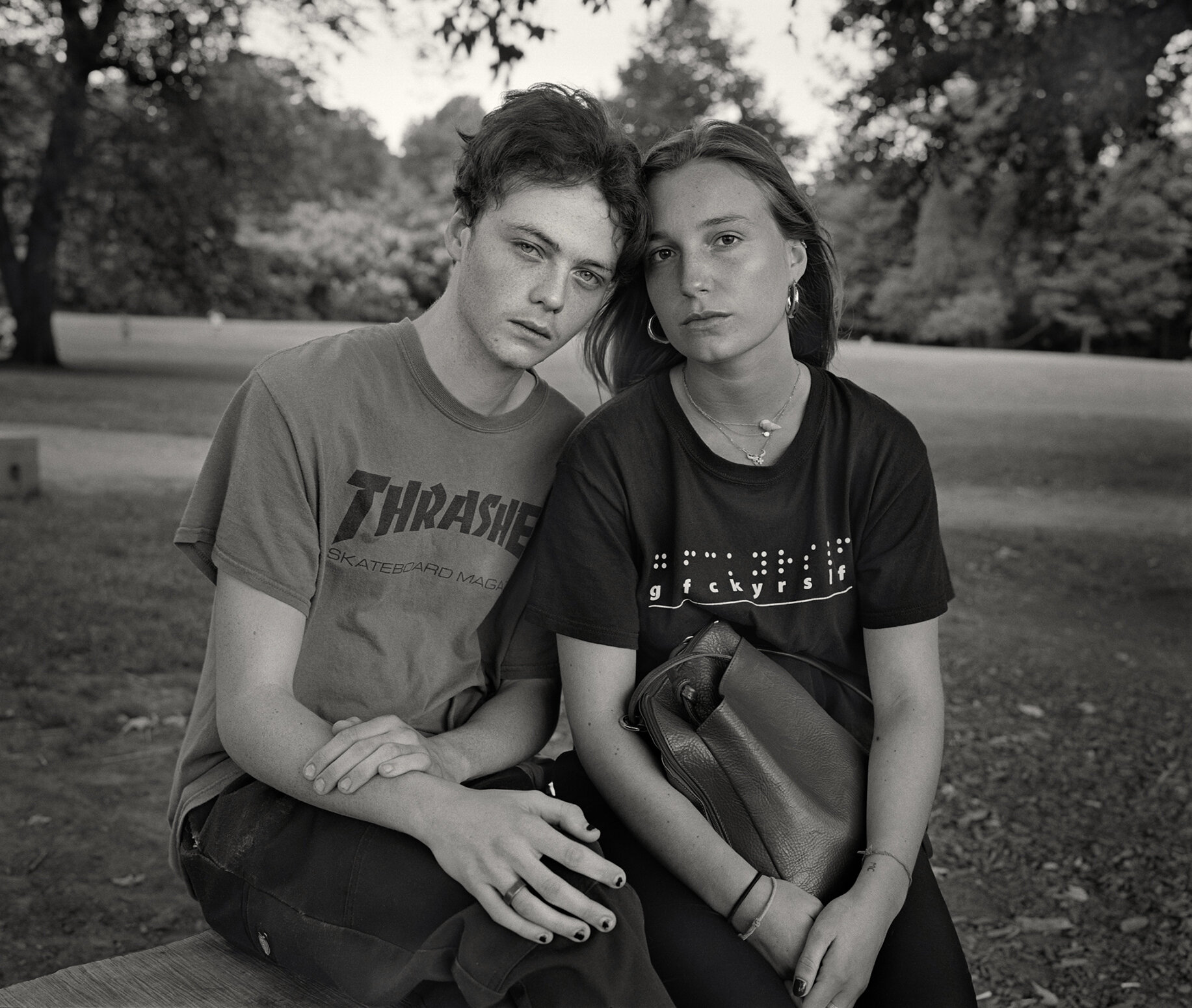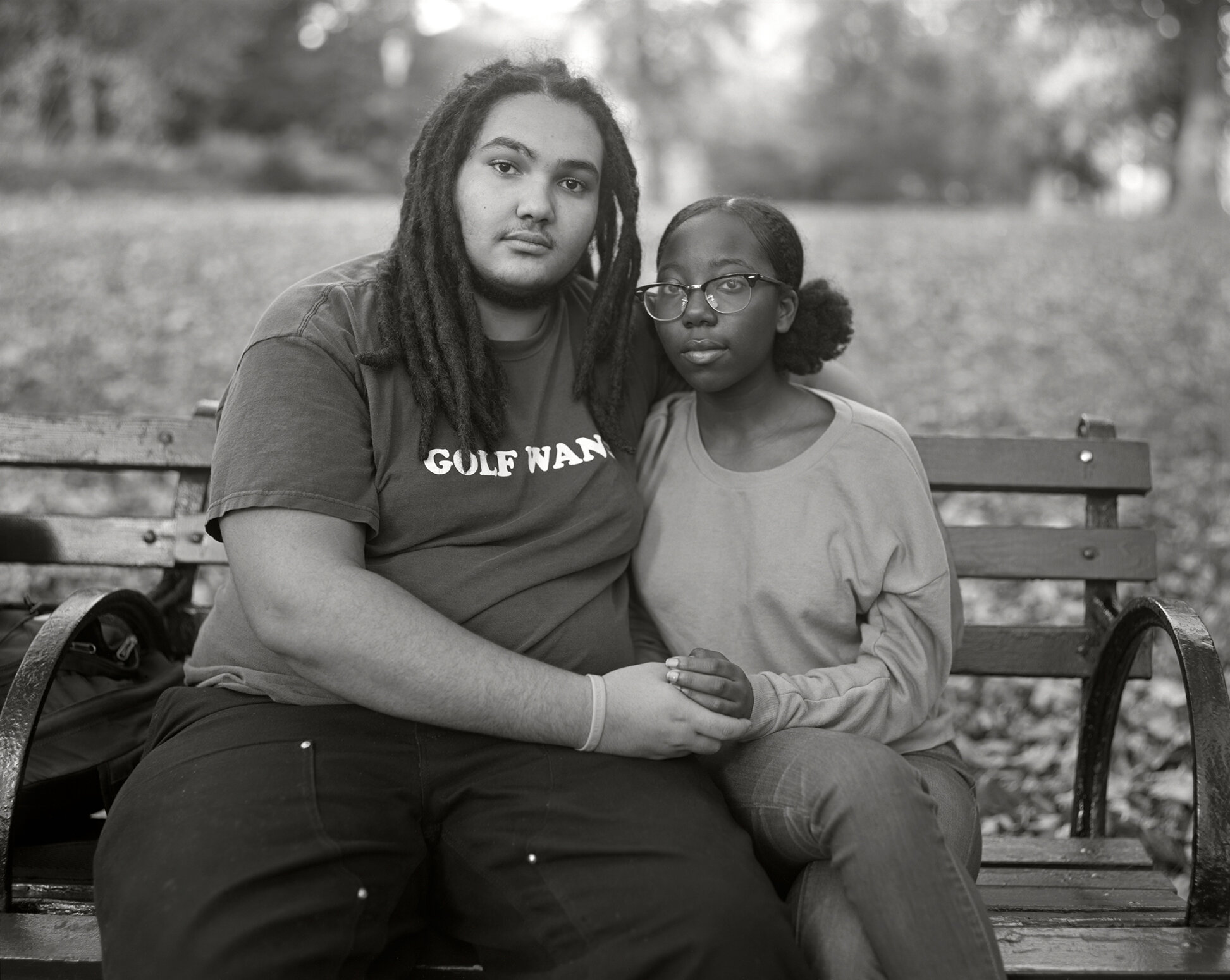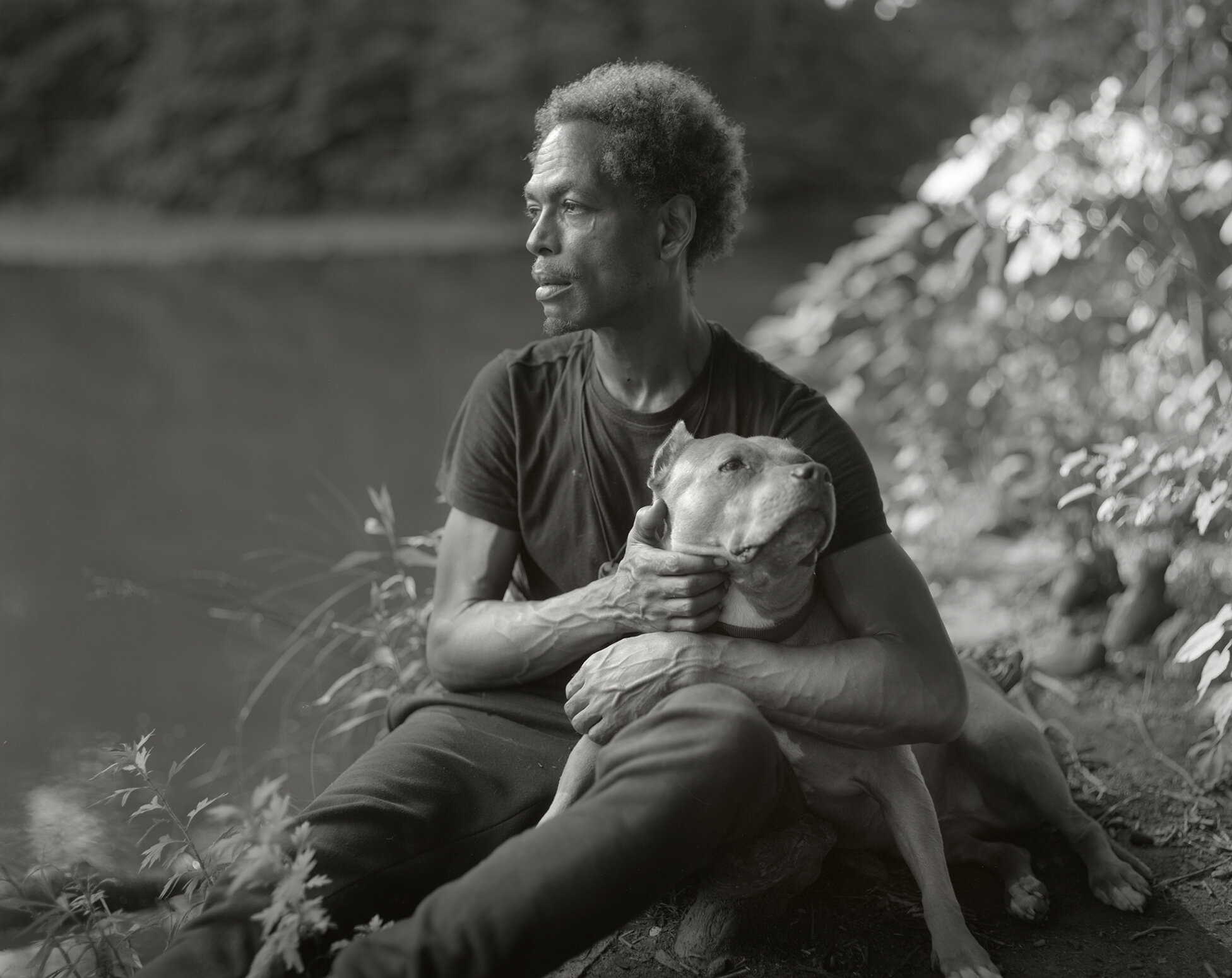Bruce Polin
Bruce, can you introduce yourself. What inspired you to get into photography? What drives you to remain creatively engaged and how do you communicate through your camera? How did photography inspire your growth?
Sure, well I grew up in a working-class neighborhood called Canarsie, in southeast Brooklyn. In neighborhoods like that there’s usually not much use for fine art. You were expected to learn a trade, like auto repair or accounting. There were very clear paths that you were expected to take. I remember that there was a lot of excessive machismo and bravado on the streets. You know, the “What the fuck you lookin’ at?” type of thing. If you looked or acted differently you would be fucked with. That said, my dad was definitely artistic. He was one of the earliest graduates of the School of Visual Arts in Manhattan. He was a talented cartoonist and illustrator and earned his living mostly as a draftsman doing advertising paste- ups and annual reports for Lane Bryant, a retail women’s clothing store.
In the 70s and 80s Canarsie was widely known mostly for two things: organized crime and racial unrest. I didn’t fit in well there and didn’t have many friends. I dealt with the alienation I felt by locking myself up in a bathroom and transforming myself with theatrical makeup... to literally become someone or something else. I thought that I was going to be a great makeup artist like Jack Piece or Dick Smith, but, after I got a camera to document my transformations, that was that. I fell in love with photography. I self-taught, read the monthly photo magazines, and was blown away by people like Friedlander, Gary Winogrand, Diane Arbus, Irving Penn, Avedon, Lucas Samaras and Duane Michaels.
Remaining creatively engaged is something that I think is rooted in multiple impulses. I never felt comfortable speaking directly because I always felt ill equipped. I found, from an early age, that I could be more articulate communicating through a medium. A medium could reflect how I actually feel, even if I was unclear of what that was. Certain shades are difficult or impossible to convey otherwise. For me, photography elicits the words between the words. I also have a need to create something out of nothing. To make something tangible that was born of a process. I want to make something that I think is beautiful, or that I react to in some unique way. I think I could have been a kind of carpenter in another life. Process and ritual are very important to me. I find photography to be a very sensual process... a tactile experience that’s both physical and visceral. Every picture I make resolves or reflects something within me.
For me photography is really a transformative process. I like the idea of suggesting a transformation of others, showing them in a different light. The process is also transformative personally for me. When I’m photographing, I become something different than I normally am. Something greater, more able to connect with people in a way I can’t in other circumstances. Normally I’m very private and introverted. Working with the camera enables me to get beyond what I would call my “normal” self. Think of those transformation scenes in monster movies when the moon is full. It’s like that. I become more connected, more of a conduit... more in touch with the energy that we’re a part of. It sounds sort of silly saying it out loud, but it’s what happens. I don’t think I’m particularly special though. Talk to any number of artists and they’ll likely tell you something similar. When they are creating, and it’s really working, they’re in a zone, another place.
In the end I make these pictures for myself, so I’m not sure if there is anything noble about the practice. I guess if others react to my work then it takes on a larger meaning and can become something more than simply a selfish act. That’s a generous way to think about it.
The big camera is a tool to make the images but it’s also a validating tool, it gives me a certain authenticity. It helps to build initial trust, and trust is so important in the kind of work I do. The people I am photographing become invested in me and the process, and by extension, the project itself. In some ways, the process is the project.
Your work often begins in public settings, how does the diversity in public spaces speak to you? How do you study a subject to see their desire to participate? In your artist talk you mention how “anxiety can be a great force if it doesn’t paralyze you.” Can you talk about the process of shifting anxiety from paralyzation to a great force. (ideally how did you morph into being someone who could do this?)
So it wasn’t a conscious decision to photograph diversity, but I admit that is where I am most comfortable. I’m uneasy with homogenous groups of like-minded people and their motivations. Organized religion was never my thing. Also, my family’s background and our connection to the holocaust is all too real, so I’m kind of genetically suspect of groups that band together for a common belief. That’s a bit of an exaggeration, of course, but you get the picture. And, all of a sudden, we have a Trump as president and a Boris Johnson in the UK and a Jair Bolsonaro in Brazil who’s borrowing from Trump’s playbook. The rallies, ugh.
With Deep Park, it took me a while to realize that anger and anxiety were the initial motivating factors. The ugliness that my country was representing was really overpowering for me. The coded white-nationalist blather. The endless tweets. The degrading of women. I’ve said this before, but it’s no coincidence that my need to leave the insularity of my studio to photograph strangers coincided with the period that led up to the 2016 election. It was a very personal organic reaction. I had to turn it around for myself in order to function. You know the punk creed? Make beauty out of garbage? We have a lot of raw material in that respect.
How do I get past anxiety? That’s a great question really, because it goes to the heart of human capability, a generally unknowable thing. So basically what you’re asking is what is our capacity as human beings, where’s the threshold. I think that’s gonna be different for every person. I think every action that we take is transformative in the sense that it shapes who will be afterward. Living with extended periods of anxiety or anger, you start to hate having those feelings, and by extension you begin to hate yourself. It’s kind of like being an alcoholic or having any sort of unhealthy addiction. You want to stop, you want to change who you are. That’s what photography does for me. It changes who I am. I think my photography is actually “better” than I am as a person. Sometimes I’ll look at one of my photos and I’m amazed that I created it. How could something so complex and lovely have been made by an idiot like me? But this is what happens, artists transform. Think of Joey Ramone who was just a nerd with OCD from Queens. When he walked on stage he became a true to life tornado, a force. He roared.
Why is 8x10 your preferred medium? Does your camera’s unfamiliarity to others help your ability to interact with them? How does the invisible room you mentioned in your lecture form itself?
8x10 was perfect for this project in that it was often a unique starting point, a curiosity for people. It also offers, because of the camera’s size and appearance, a sort of validation, so people respond differently than if I were a guy walking over to them with a Canon SLR slung around my neck.
And, frankly, the sensual aspect of working with these big mechanical cameras appeals to me on a very tangible level. The turning of the knobs to adjust the bellows, getting under the dark cloth to focus, the inserting of the film holders, the audible aspect of the shutter’s spring, buzz and click sounds. It’s all quite sexy, definitely of the senses, and the project is about physical and emotional presence. The experience of seeing the image cast upon the camera big ground glass, composing this upside-down down and backwards image is an almost transcendental experience of simultaneously witnessing the world as it is and as it isn’t. It’s compelling to me time and time again.
And, most importantly, you have to understand that the intrinsic slowness of working with 8x10 is something that is utilized ...a tangible thing that enables the bond between me and who I’m photographing to actually happen. Time itself becomes an essential raw material, just like the film. The process informs the final image.
I use the metaphor of the invisible room to convey the personal space we share if we establish a real connection during the portrait session and are then deep in the process. We begin to become oblivious to the surroundings outside of our immediate circumference. Even surrounding sounds deaden. You see this happen all the time in the park. People go to this public space to be alone and intimate with other people. It’s a strange and beautiful contradiction.
In regards to your creative process, you mentioned wanting to seduce your viewer into the images so that they stay awhile. What components do you consider within your composition to make this happen? What do you seek from your subject? (you talked about hands for awhile and I thought that was really important, the way you consider all details)
I do what feels right to my eye. Hopefully others appreciate what I appreciate. Compositionally I work in a very visceral way. The composition is broken into sections of shapes and tonality as well as degrees of sharpness and depth. That the image is abstracted on the camera’s ground glass by being upside down and backwards is actually helpful to me in that the image cast on the glass becomes a jumble of shapes on a grid that I try to arrange in a way that clicks, that I can feel in my gut. The visual makeup of the image composition is done in a purely abstract arena, but the content is not, it’s figurative and has its own inherent intelligence. Once I’m done composing and focusing I’m off the side of the camera interacting with the person I’m photographing. So there’s this intersecting of visceral and intellectual elements that are being navigated.
I’ll shoot when there’s what I call a mature moment in front of me, as if the pieces of a puzzle finally fit. It’s all very instinctual and often my thumb depresses the shutter release before my brain understands what has happened. I might make some gentle directorial suggestions, like ask someone to turn their head slightly in one direction, but this often results in them moving in a completely unanticipated way. My suggestion was really just an ok for them to move, permission for their body to do what it will. So this body event occurs and its my job to notice it, to react to their reaction. Frank Zappa and Don Van Vliet (Captain Beefheart) used to argue about the perfect note, that there can only be one great note that could logically follow the preceding one. That’s a little insane, but I kind of like the idea of striving for some weird idea of perfection, regardless of how you get there. Often it’s out of your control. You have to be open to serendipity to let what happens happen. The idea of perfection is malleable for me.
I tend to also add a degree of warmth to the color of these monochrome images. I find that going a little in that direction tickles the rods and cones of my eye, allowing me to see deeper into the image, farther into the shadow areas. I really love the dark parts of images. I try to be sure that there are very subtle details in even the darkest areas. My eye wants to have fun in all parts of this playground.
What characteristics about yourself have driven your ability to maintain a creative career? When moments in the art world were difficult, what kept you going during times where your momentum may have felt slower? Can you share a time where rejection in the art world motivated you or help changed your approach or perspective? What advice would you give someone who feels that their experiences are not lining up?
I think the idea of transformation has always had a strong hold on me. From my obsession with monsters as a kid to my fixation with theatrical makeup and my need to organize the world in a particular way. I’ve always had the need to make something from nothing. To bring something interesting, perhaps beautiful — in its myriad of meaning— into the world. That’s a real driving force.
I’ve never really sustained myself monetarily with photography. I didn’t want to become a commercial photographer. That’s not to say I haven’t done a good amount of photography for money, but I never put energy into making myself a “brand,” so to speak. Over the years I’ve tried to figure out different ways to sustain, avoid working for other people, and incorporate my image making in whatever I’m doing. It’s my way of owning my decisions and circumstance. That’s the best advice I can give. Own your decisions and make art from that experience. At the very least it’ll be honest and ring true. Do the thing that you respond to, not what you think others will. Nobody responds well to bullshit.
“To look in someones eyes and know we are more than strangers” In your lecture you talked about photographing a man, who ended up being your neighbor. Can you share this story and its impact on you. (what can we, the viewer take away from this beautiful story) Does this story tie into the general theme of your own curiosities?
Right, so one day I was photographing a stranger who I approached on Church Avenue, a few blocks from where I live (see image below). After we completed the shot, the gentleman said he was now about to walk home. I asked him which direction he was heading, since I was heading home as well. He was going my way, so we decided to walk together. We found ourselves crossing the same streets and turning the same corners. After a while we were in front of my house, so I said “Well, this is me. Where are you headed?” He points to the house across the street. It turns out we’ve been living across from each other as neighbors for the past fifteen years! That’s a pretty spot-on metaphor for this project, isn’t it? We’re all basically living in the same house.
Looking into a stranger’s eyes and realizing we are deeply connected is central to this work. I have recently revisited work by the amazing performance artist Marina Abramovic, including her “The Artist is Present” piece were strangers come to sit across from her at a small table. It’s so moving and beautiful. I then read an old New York Times review of her 2010 MOMA retrospective. Jim Dwyer wrote: “What is truly shocking, though, is not the nudity (depicted in her other work), but strangers staring each other in the eye, one of the final taboos of modern New York.” I think that when we do this we are daring to enter each other’s world, and we find a mirror of ourselves.
To keep up to date with Bruce’s latest work follow along here:
Website: https://brucepolin.com/
Instagram: https://www.instagram.com/brucepolin/
To watch the interview I refer to visit the i3 Lecture series hosted by the
SVA Masters in Digital Photography program : https://www.youtube.com/watch?v=_Vyds3Ji240&feature=youtu.be

